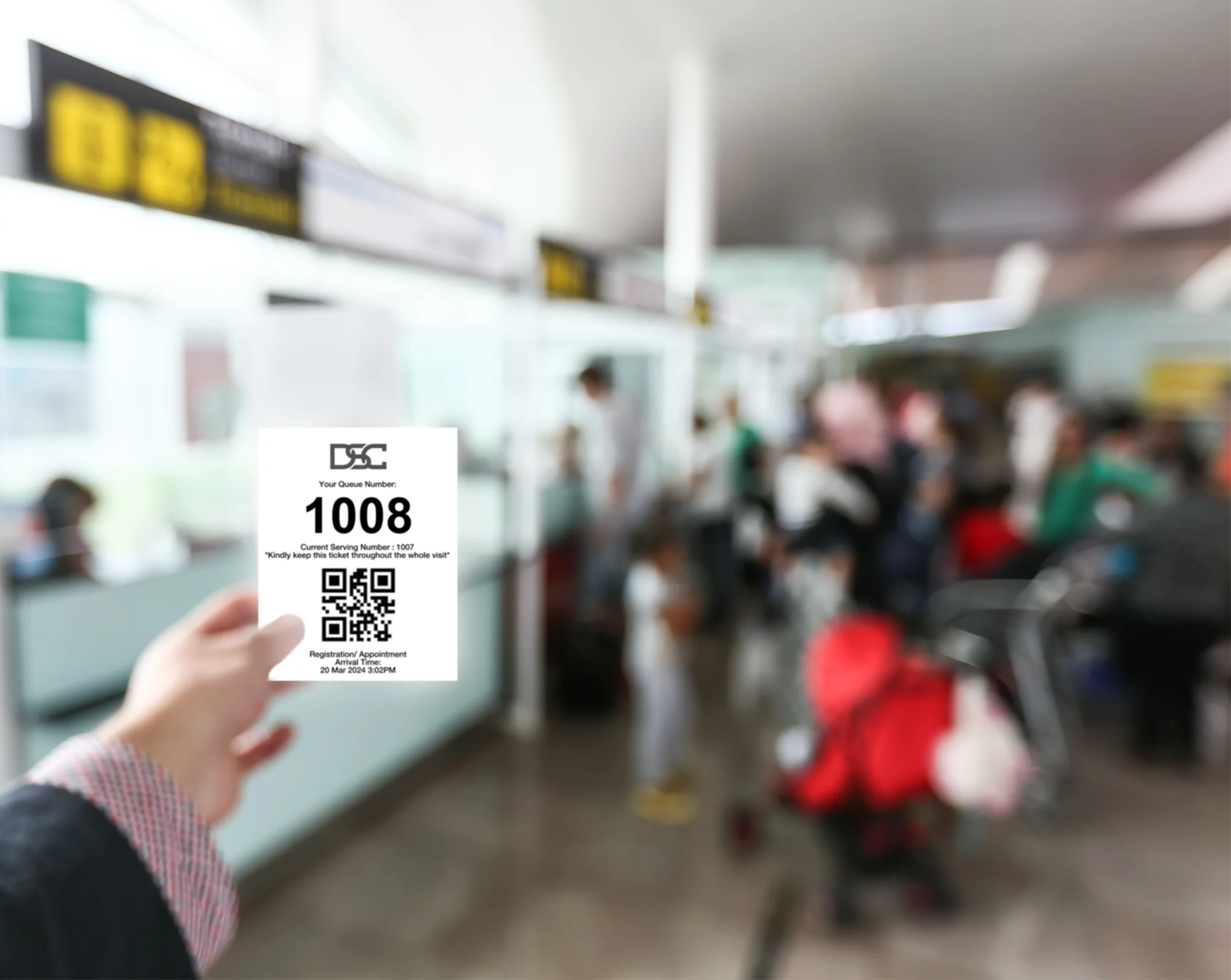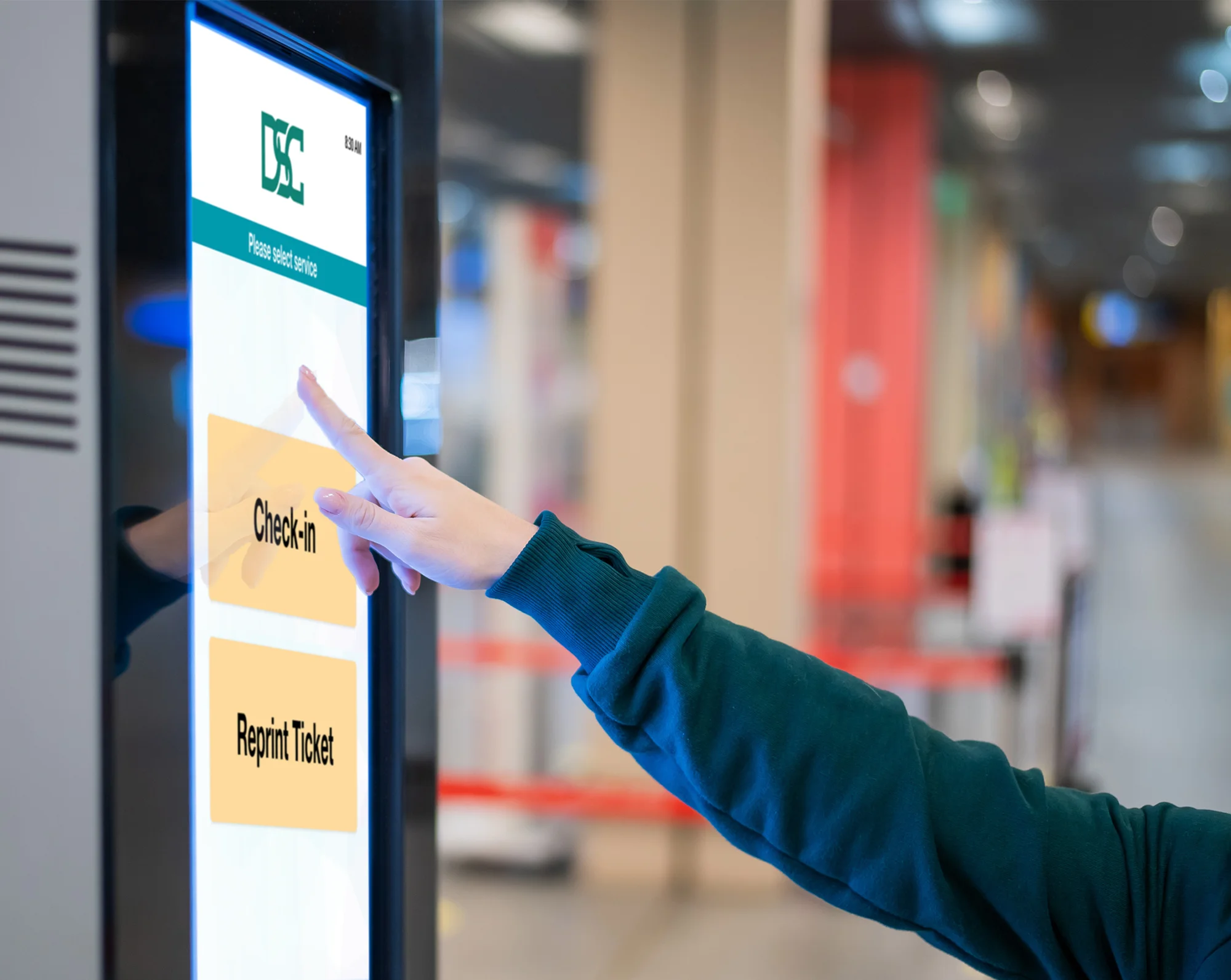A queue number system assigns a unique number to each customer awaiting service, determining their place in line. This system ensures orderly service, minimising confusion and promoting fairness. In essence, the queue number acts as a marker of a customer’s position in the queue.

Virtual queue number systems function through four key stages: queue setup, waiting phase, service delivery, and completion.
Effective queue management is crucial for customer satisfaction and operational efficiency. Below are the three primary types of queue number systems.



Virtual queue number systems are transforming customer service by offering remote access, real-time updates, and actionable data, benefiting both businesses and customers with efficiency and convenience.
Virtual queue number systems provide a suite of tools to improve customer experience and streamline operations. Below are the main customer-facing and business management features.
Ready to transform your customer service with an advanced queue number system? Contact us or locate your nearest office to explore how our solutions can boost efficiency and satisfaction.
Act now—join today!